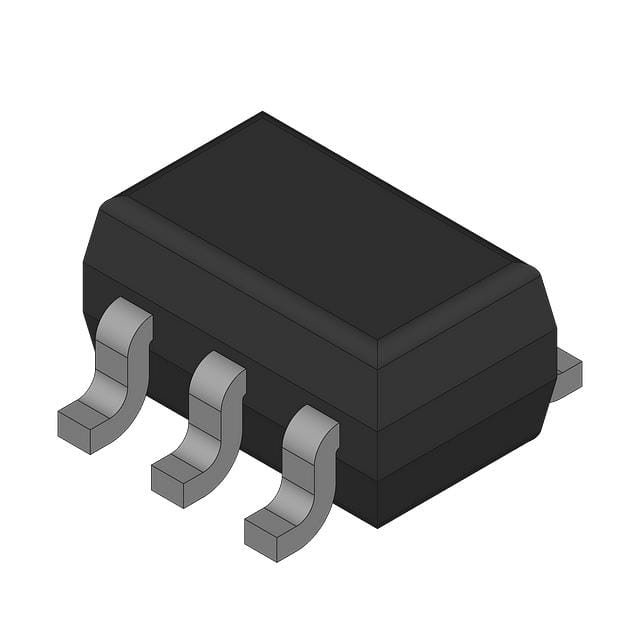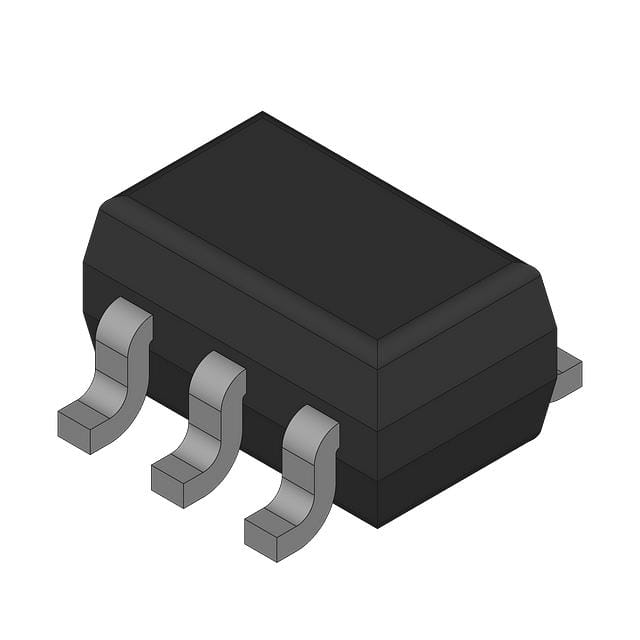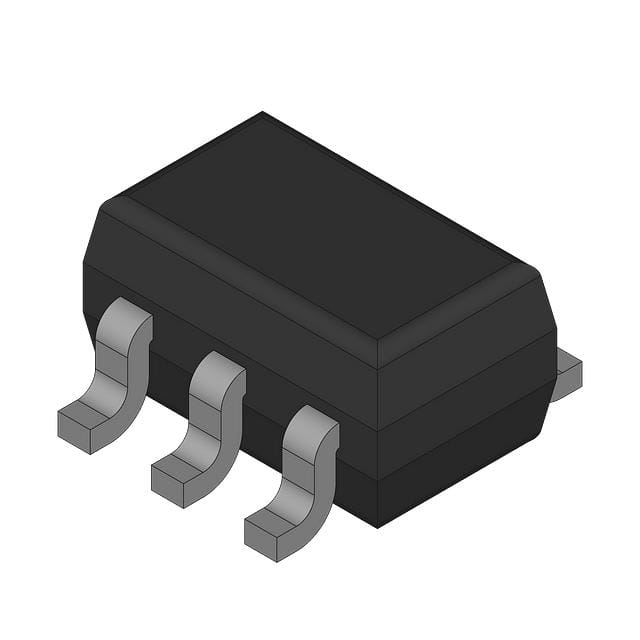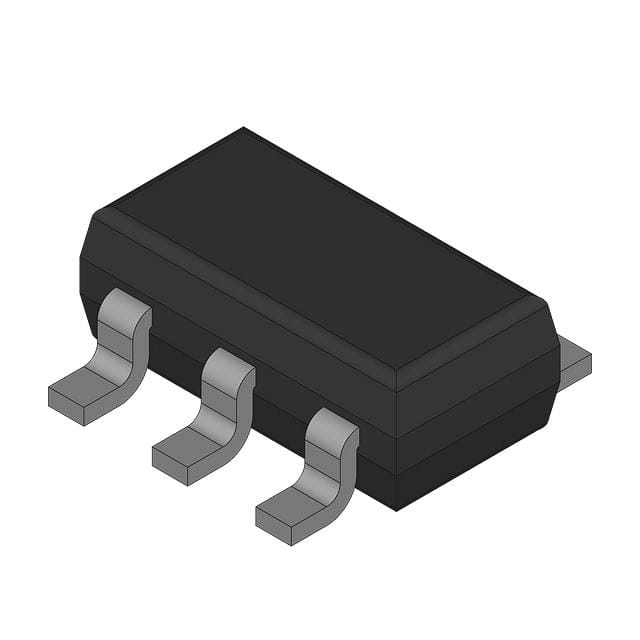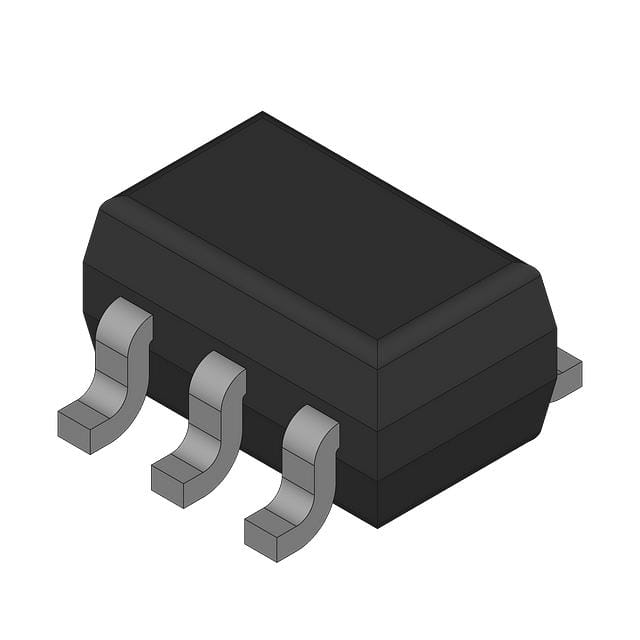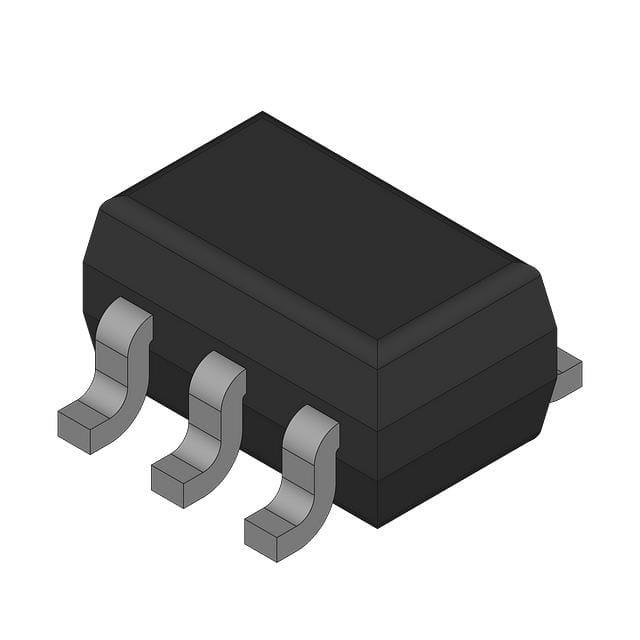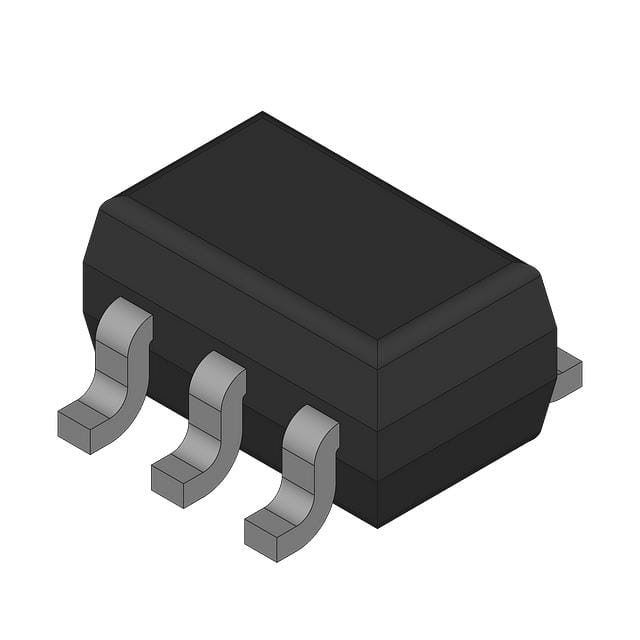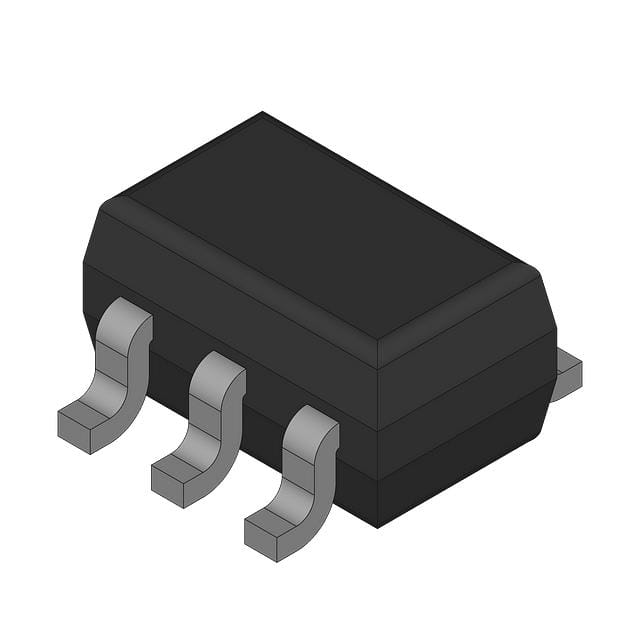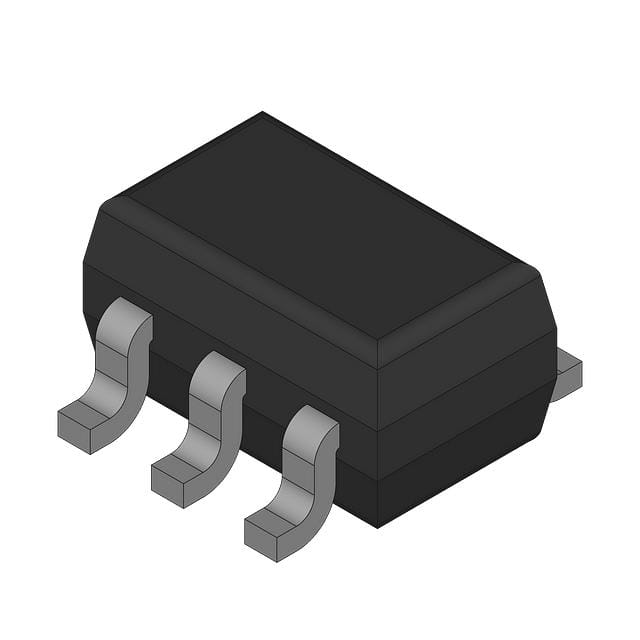74AHC1G00GW-Q100125 Product Introduction:
NXP USA Inc. Part Number 74AHC1G00GW-Q100125(Logic - Gates and Inverters), developed and manufactured by NXP USA Inc., distributed globally by Jinftry. We distribute various electronic components from world-renowned brands and provide one-stop services, making us a trusted global electronic component distributor.
74AHC1G00GW-Q100125 is one of the part numbers distributed by Jinftry, and you can learn about its specifications/configurations, package/case, Datasheet, and other information here. Electronic components are affected by supply and demand, and prices fluctuate frequently. If you have a demand, please do not hesitate to send us an RFQ or email us immediately sales@jinftry.com Please inquire about the real-time unit price, Data Code, Lead time, payment terms, and any other information you would like to know. We will do our best to provide you with a quotation and reply as soon as possible.
Introducing the NXP USA Inc. 74AHC1G00GW-Q100125, a high-performance single 2-input NAND gate designed to meet the stringent requirements of the automotive industry. This compact and versatile device is part of NXP's Q100125 series, ensuring its reliability and durability in automotive applications.
The 74AHC1G00GW-Q100125 boasts a wide operating voltage range of 2.0V to 5.5V, making it suitable for a variety of automotive systems. With its low power consumption and high-speed operation, this NAND gate is ideal for use in power management, signal conditioning, and interface circuits.
Featuring a Schmitt-trigger input, the 74AHC1G00GW-Q100125 provides hysteresis, ensuring a clean and stable output even in the presence of noise or signal fluctuations. This makes it highly reliable in automotive environments where electromagnetic interference is common.
The compact SOT353 package of the 74AHC1G00GW-Q100125 allows for easy integration into space-constrained automotive applications. Its robust design and automotive-grade qualification ensure its performance and reliability even in harsh operating conditions.
Whether it's in engine control units, body electronics, or infotainment systems, the NXP USA Inc. 74AHC1G00GW-Q100125 is the perfect choice for automotive applications that demand high performance, low power consumption, and reliable operation. Trust NXP's expertise and innovation to deliver the best solutions for your automotive needs.
Gates are an important part of the transistor in the integrated circuit, especially in the field effect transistor (FET) plays a role in controlling the current interruption. By interacting with the insulation layer between the channel, it uses the electric field effect to regulate the carrier concentration in the channel, and then controls the current flow between the source and the drain electrode. The inverter is a logic electronic device that is mainly used to reverse the logic state of the input signal, that is, from a high level to a low level, or from a low level to a high level. In digital logic circuits, the inverter is often implemented as a NOT gate, which is carefully designed by multiple transistors (such as PMOS and NMOS pairs in CMOS technology), and realizes the logical reversal of the signal by controlling the switching state of the transistor. Together, they form the basis of logic circuits and demonstrate the high flexibility of integrated circuits in signal processing and control.
Application
Gates, as key components of transistors, are widely used in various integrated circuits, especially in core components such as microprocessors, memory, sensors, etc. They are the foundation for implementing complex logic functions and high-performance computing. Inverters play an important role in digital circuit design, communication systems, power management, and other fields. Through their logic inversion function, they support signal shaping, amplification, isolation, and timing control requirements. In various fields such as consumer electronics, automotive electronics, industrial automation, and data centers, gates and inverters are indispensable electronic components that help devices achieve efficient and accurate signal processing and control, promoting technological progress and industrial upgrading.
FAQ about Logic - Gates and Inverters
-
1. Which logic gate can be used as a controlled inverter?
IGBT can be used as a controlled inverter. IGBT (insulated gate bipolar transistor) is a commonly used power electronic device with high input impedance and low on-state voltage drop, which is very suitable for the production of inverters.
The application of IGBT in inverters is mainly reflected in its ability to control the switching state of power electronic equipment. By controlling the on and off of IGBT, the conversion and control of electric energy can be achieved. The switching speed of IGBT is fast, which can meet the requirements of the inverter for response speed. At the same time, its high voltage and high current resistance characteristics make it perform well in high voltage and high current occasions.
-
2. Why is it called an inverter?
The name inverter comes from its working principle of converting direct current into alternating current, that is, "reversing" the operation of the rectifier. The inverter was originally called an "inverter" because it converts direct current into alternating current, which is the opposite of the working principle of the rectifier.
The definition and basic function of the inverter is to convert direct current power into alternating current. It is a device that converts the power of a DC power source such as a battery or storage battery into alternating current power for use by various devices that require AC power.
The history of the inverter also reflects the origin of its name. Early inverters were devices that converted AC to DC, while modern inverters reversed the process and converted DC to AC. With the development of technology, inverters have changed from mechanical devices to devices with solid-state circuits, becoming an important part of the field of power electronics.
-
3. Can NAND gates be used as inverters?
NAND gates can be used as inverters. NAND gates, especially Schmitt-triggered NAND gates, are often used in full-bridge inverter circuits to ensure that the switch between the two channels is clear and not affected by any type of stray transients or low-signal interference.
In the inverter, the role of the NAND gate is to drive the MOSFET or IGBT through logic control to achieve DC to AC conversion. For example, in the Arduino-based full-bridge sine wave inverter design, the Arduino is programmed to generate SPWM outputs in the appropriate format from the pins, process these signals through the NAND gate, and finally drive the relevant MOSFETs of the full-bridge driver network to achieve the inverter function.
The advantages of using NAND gates include fast switching response and high reliability. In addition, Schmitt-triggered NAND gates can enhance anti-interference capabilities and ensure stable operation of the inverter. However, there are also challenges to consider when designing inverters, such as switching losses and thermal management.
 Lead free / RoHS Compliant
Lead free / RoHS Compliant



